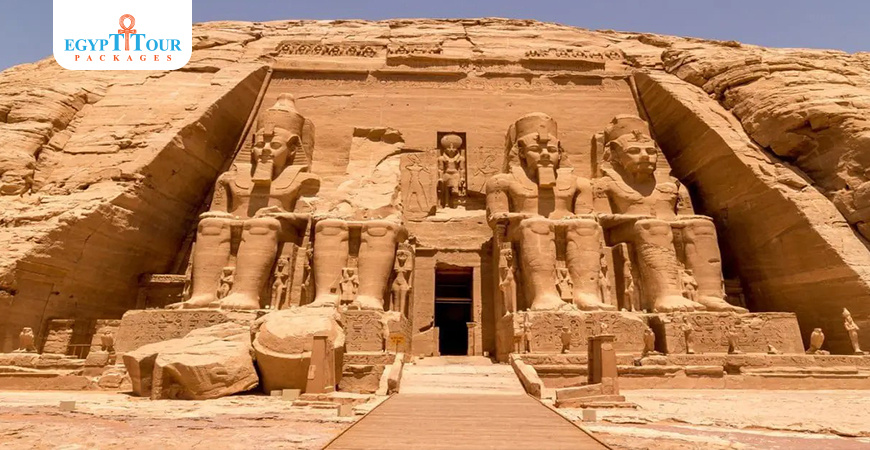
Abu Simbel temples
The Great Temple of Abu Simbel, in Nubia near Egypt’s southern border,is among the most amazing monuments of Egypt.
Why is the Abu Simbel Temple important?
The kings of the New Kingdom decided to impose complete control over Nubia and appointed a ruler over it who followed the Egyptian administration called Ibn Curash in Egypt. They attempted to Egyptianize Nubia and built temples there to worship the Egyptian gods and to try to control the thoughts and minds of the Nubians. The most important of these temples is the Temple of Abu Simbel.
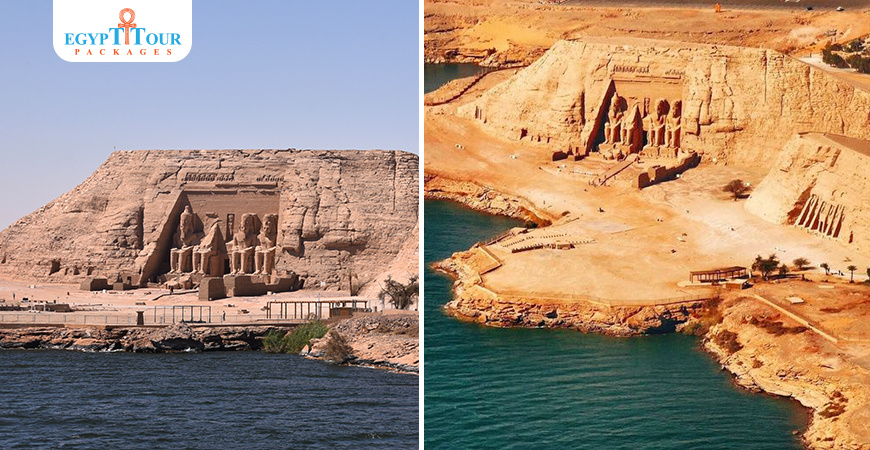
Is Abu Simbel temple worth visiting?
On the western bank of Lake Nasser, west of Aswan, there is a temple carved into the rock and dedicated to the worship of Ra, Hor-Akhty, the god of Heliopolis, Amun, the god of Thebes, Ptah, the god of Memphis was one of the oldest and most important cities in ancient Egypt, located at the entrance to the Nile River Valley near the Giza plateau. Memphis , and the king himself.It is considered the largest of the seven temples built by the king in Nubia. The king began its construction after the fifth year of his reign and continued until the year 35 and called it the whale of Ramesses Meri Amun, which means the temple of the temple of Ramesses, beloved of Amun. The temple was abandoned after several centuries, and sand began to cover its facade. The sand reached the knees of the statue in the sixth century BC.The temple was discovered by Burkhardt in 1813 AD and then by Belzoni in 1817 AD.The sun reaches the Holy of Holies twice a year and falls on the statues of Ra, Hor-Akheti, the King, and Amun for 20 minutes, in October and February, while it does not reach the statue of Ptah.Some have linked these two times with the birth and coronation of King Ramesses II, which is not clear and unconfirmed until now the temple is preceded by an open courtyard surrounded by a wall with a huge gate carved into the rock. To its right and left there are two shrines.The southern shrine may have been allocated for holding rites and rituals for the god Thoth, and the northern shrine may have been allocated for sun worship.
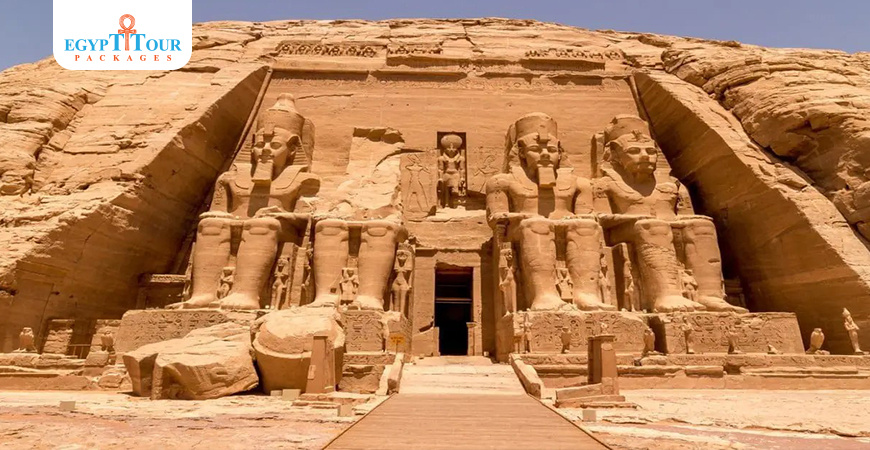
Abu Simbel temple
The main facade of the temple is decorated with four huge statues carved into the rock of the king sitting on a bench. Each statue of the king is surrounded by three small statues.On both sides of the seat there are the gods of the Nile carrying out the process of unifying the two parts of Egypt, and there is a view of the captives tied to the base of the statue.The facade is topped with a row of 21 monkeys carved into the rock, their front limbs raised forward, cheering on the sun as it rises.Below it there is a row of king's khartouches, with a cobra hanging from each cartouche. Below that there are two texts in a horizontal line starting from the middle outwards, which include the titles and epithets of the king.Above the entrance is a statue of Ra Hor-akheti, standing in front of the left man, carved inside a niche, holding a wisir and a scepter in his hands, and the god of justice, Maat.The artist intended the coronation name that belongs to the king, namely,( wisir Maat Ra).
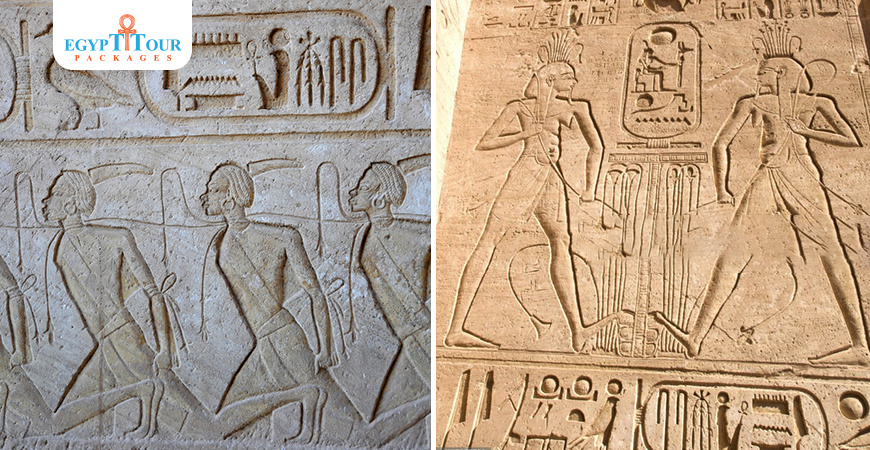
Inside the temple of abu simbel
The main entrance corridor has royal titles on its shoulders and leads to a small vestibule. The Great Hypostyle Hall has eight columns and Osiris columns with statues of the king. The roof is decorated with scenes of a female eagle and khartouches of King Ramesses II. The Second Pillared Hall has four columns and statues of the Great Sphinx is one of the world's largest monuments. It is also one of the most recognizable relics of the ancient Egyptians. Sphinx with falcon heads at the entrance.
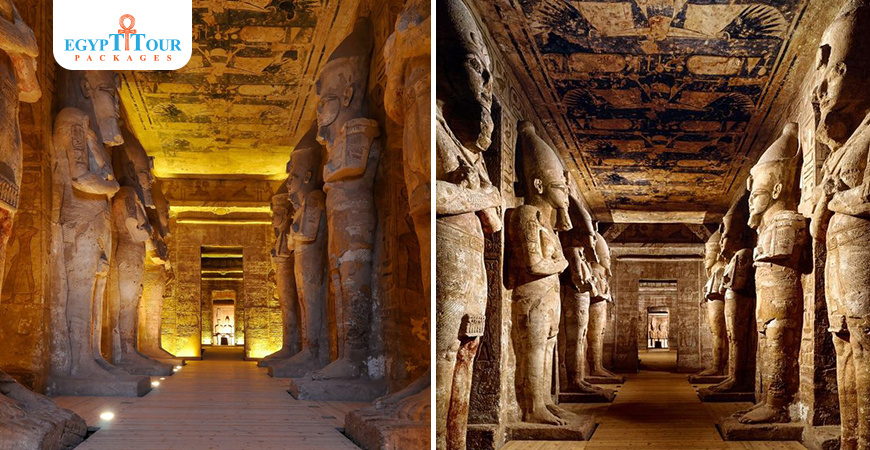
Abu Simbel Inside(The Holy of Holies)
Holy of Holies
In the Holy of Holies, there are three entrances in the western wall leading to the sacrificial hall. Four statues are carved in the western wall, from right to left: Ra-Hore-Akhety, Ramesses II, Amun, and Ptah. Each has words above them. There is an altar in the middle for sacrifices. Two small compartments are on either side, accessed from the hall before the sacrificial hall. There are rectangular storerooms on both sides of the Great Hypostyle Hall and Second Hypostyle Hall, decorated with scenes of the king interacting with the gods.
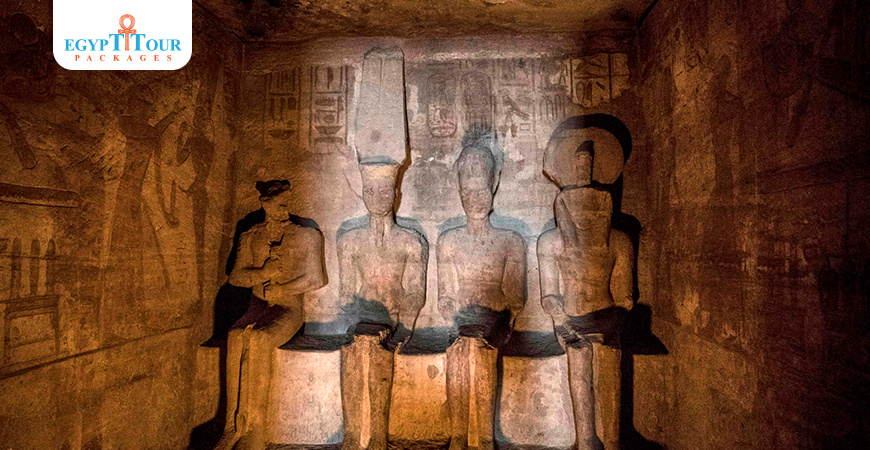
Why was Abu Simbel removed?
After the 1952 revolution,the Egyptians decided to build a dam in the Aswan region to protect the Nile, prevent flooding, generate electricity, and expand agriculture. However, storing water in front of the dam would drown the Nubian temples. In 1959, Egypt and Sudan asked UNESCO for help to save the temples. A global appeal for financial and technical assistance was made, leading to the formation of an international campaign. Various ideas were proposed to save the temples, including leaving them in place with a concrete fence, moving them to a higher location, or cutting and relocating them in blocks. Ultimately, the temples were cut into blocks and moved to a higher location, preserving their original appearance.
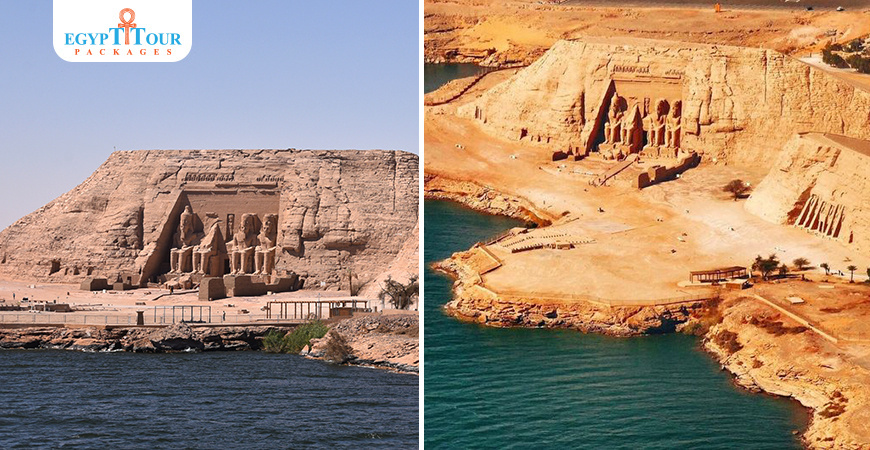
Post A Comment
Your Email Address Will Not Be Published.














































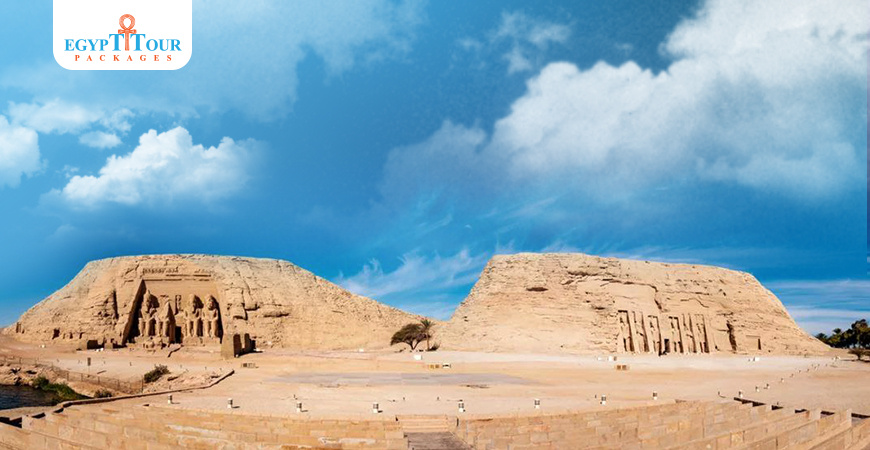
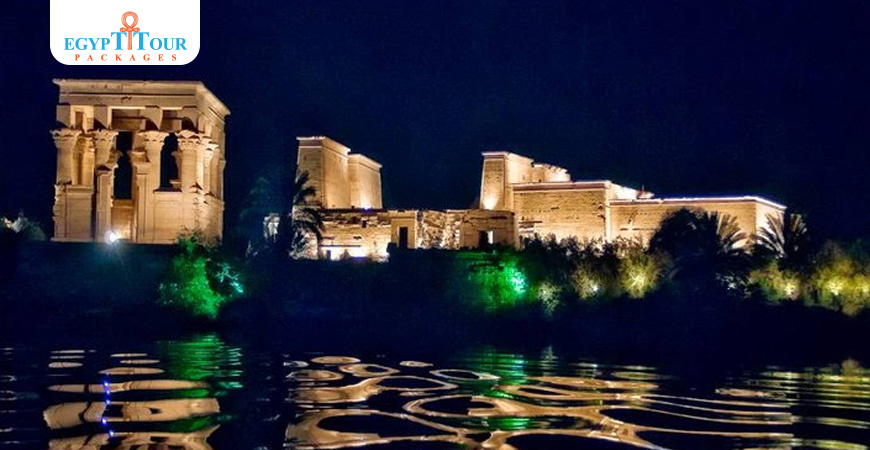
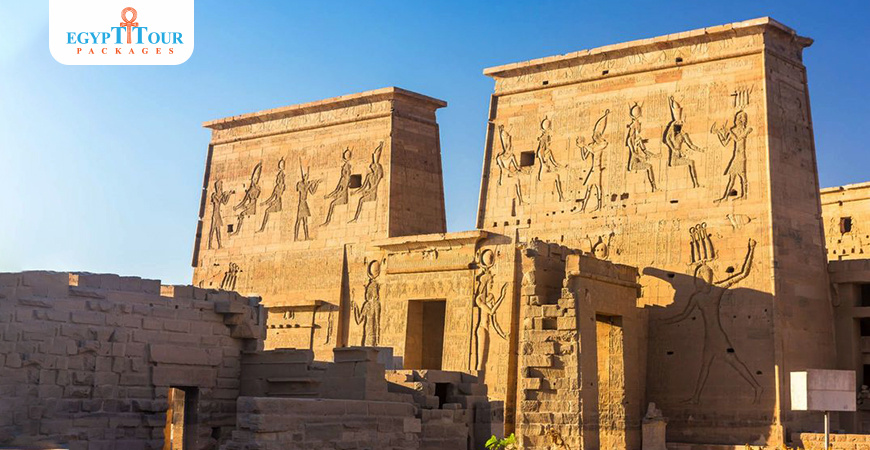
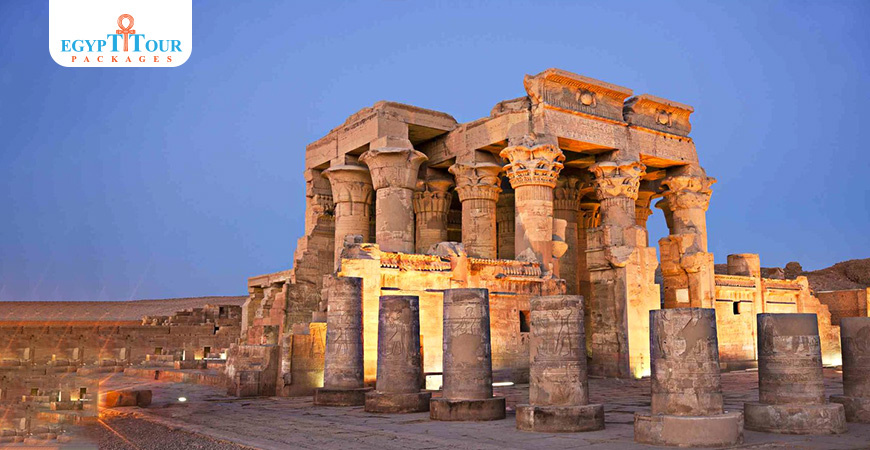
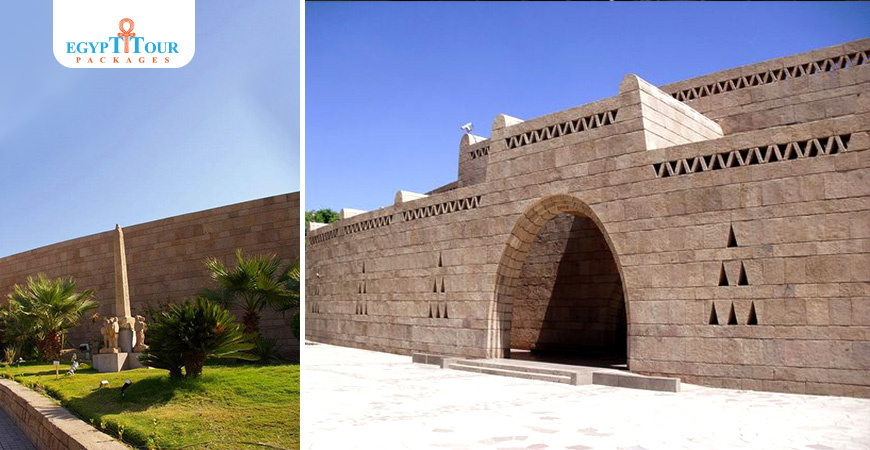
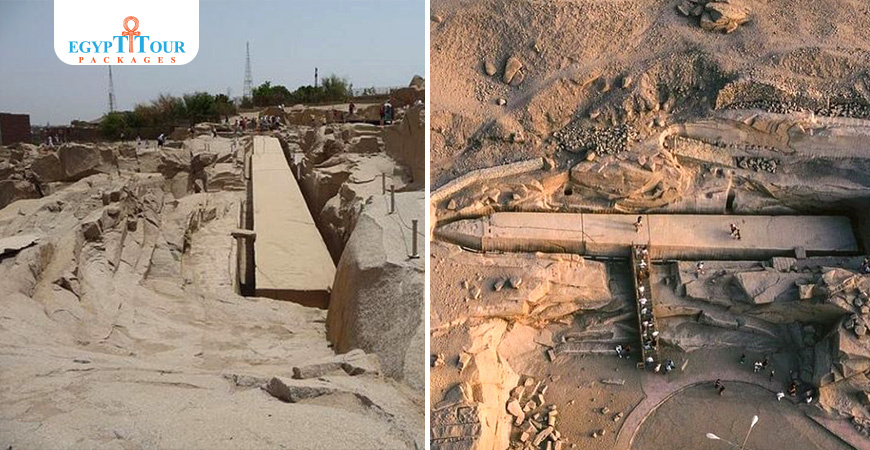
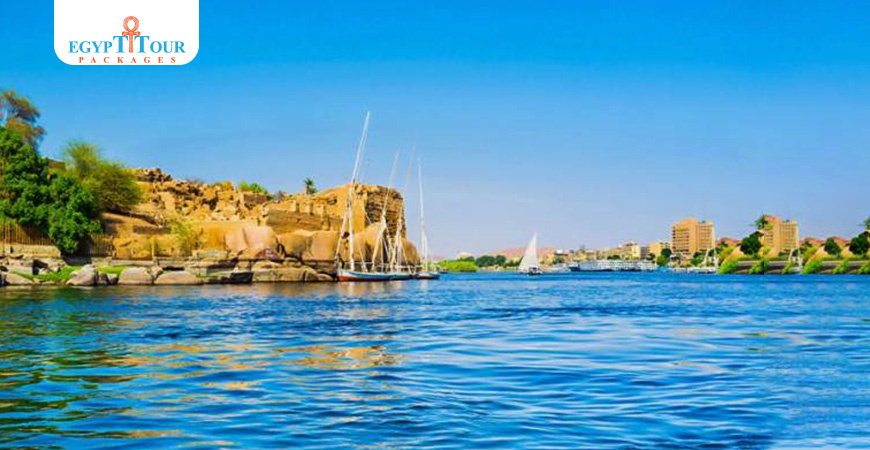
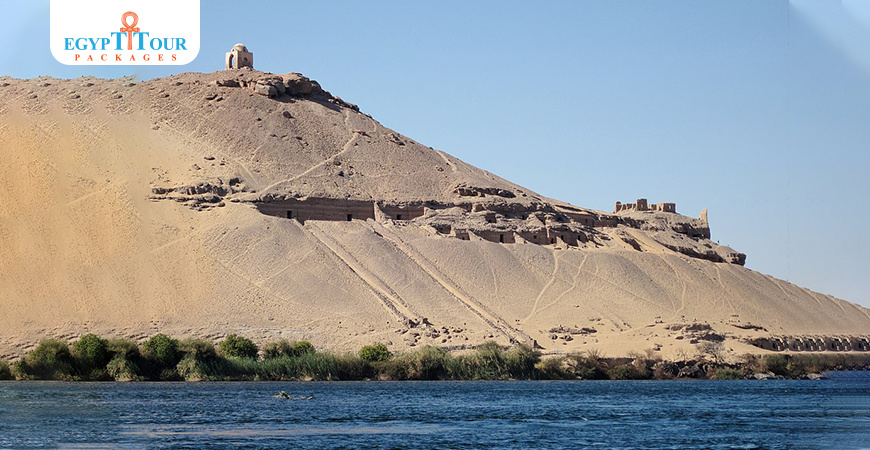
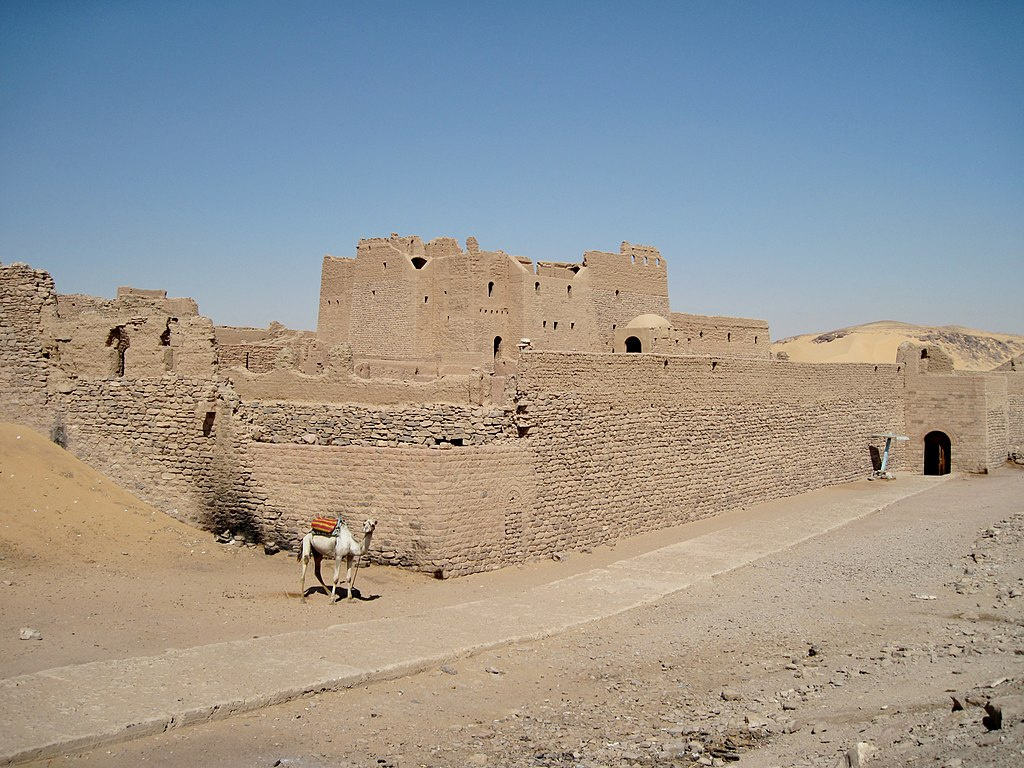
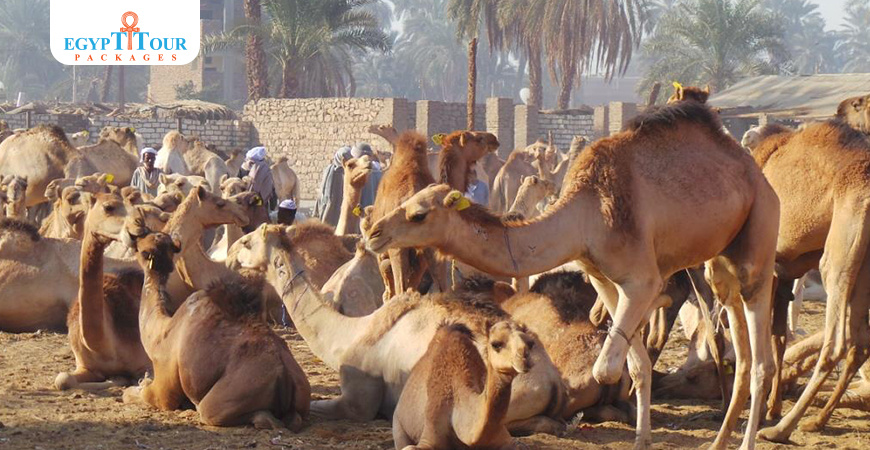
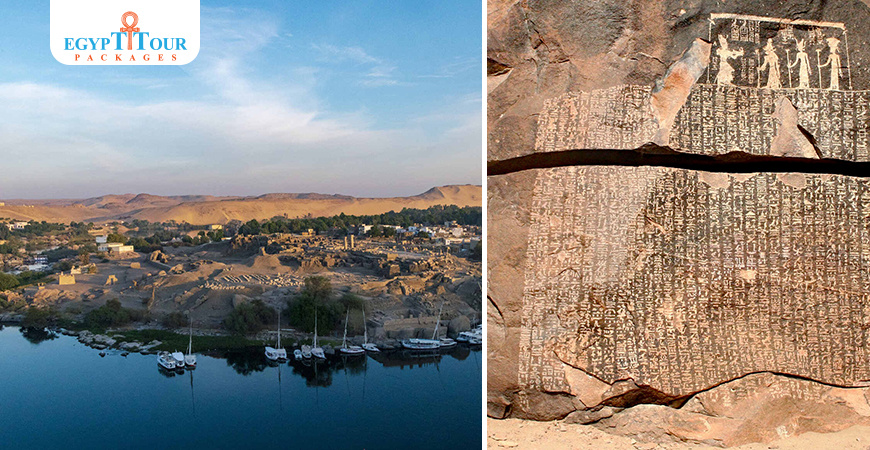
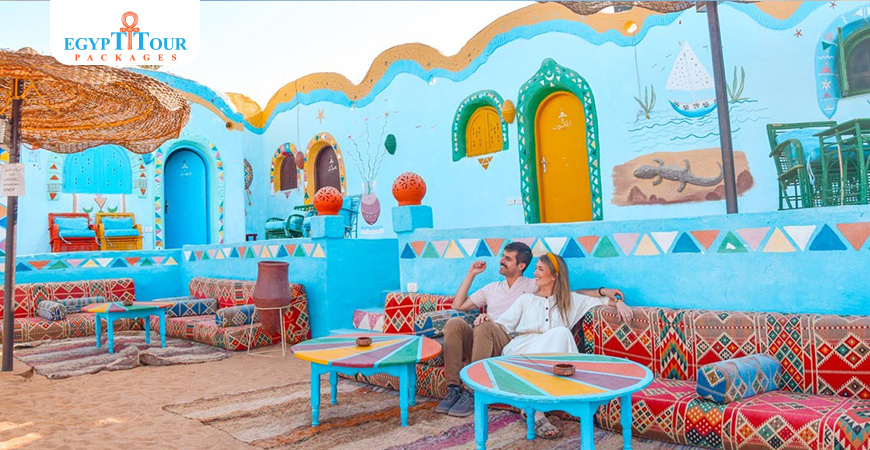

0 Comments